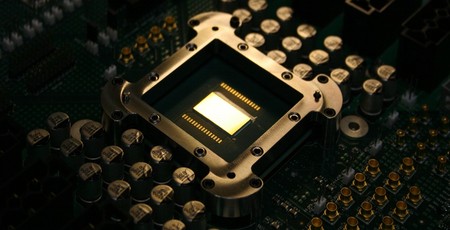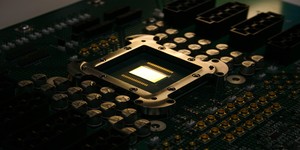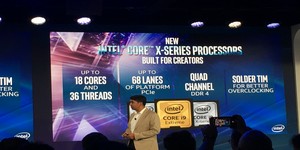
Intel's latest earnings report has shown 15 percent year-on-year growth and a whopping £13 billion in revenue for the second quarter of the 2018 financial year, but it also brought further bad news from the company's fabrication arm: 10nm processors aren't going to hit shop shelves until late 2019.
Intel's latest earnings call, its first since its former chief executive Brian Krzanich departed under a cloud, had plenty of cause for the company to celebrate: Its revenue for the second quarter of the 2018 financial year was up to a record-breaking £13 billion, a 15 percent year-on-year increase, while its profit margins sit at a more-than-comfortable 61.4 percent for a net income of £3.82 billion - a 78 percent improvement on the same period last year.
'After five decades in tech, Intel is poised to deliver our third record year in a row. We are uniquely positioned to capitalise on the need to process, store and move data, which has never been more pervasive or more valuable,' claims Bob Swan, Intel's chief financial officer and interim chief executive. 'Intel is now competing for a $260 billion market opportunity, and our second quarter results show that we’re winning. As a result of the continued strength we are seeing across the business, we are raising our full year revenue and earnings outlook.'
Not all the news was good, however: During the company's earnings call following the release, Swan dropped a bombshell: 'We have a leadership 14nm product line-up for 2019, and we continue to make progress on 10nm,' he told analysts and investors. 'Yields are improving consistent with the timeline we shared in April, and we expect systems on shelves for the 2019 holiday season.' In a follow-up during the question and answer section, Swan clarified: 'The systems on shelves that we expect in holiday 2019 will be client systems, with data centre products to follow shortly after.
'The challenge that we're facing on 10nm is delivering on all the revolutionary modules that ultimately deliver on that programme, and while there's risk and a degree of delay in our timeline on that we're very pleased with the resiliency of our 14nm roadmap, where in the last few years we've delivered in excess of 70 percent product performance improvement as we've moved through our 14nm generation of products. As we look at 2019 across both the client and data centre space, we feel very good about the product competitiveness of our 14nm programme, and that to some degree is factoring into our timing on 10nm and launching 10nm at a point in time where we believe the yields are at a level that make it prime for volume production. So 14nm, I think, through the rest of this year and through 2019 continues, we believe, to drive product leadership across all our portfolio in client and server.'
The news that the first 10nm parts won't arrive until late 2019 and that server-centric parts have been delayed still further to early 2020 is yet another blow for a company which has long struggled to shrink its fabrication process from the current 14nm node: The company's 10nm process node was originally scheduled to go live in 2015, before the company confirmed it was being pushed back and abandoned its yearly tick-tock cycle of architecture-then-process improvements in favour of sticking at 14nm for a prolonged period. By early 2017 Intel was confident it would launch its first 10nm parts that year, but despite showing off a finished wafer no products appeared. In May this year Intel confirmed the specifications of the first 10nm Cannon Lake processor it would be launching, but Swan's latest admission will see that chip pushed back to a full four years after it was originally scheduled for release.
Elsewhere in the company's report is the news that its Client Computing Group grew just six percent year-on-year, possibly indicating increased competition from rival AMD and its Zen microarchitecture family, while its data-centric divisions grew 26 percent - including record revenue from its Non-Volatile Solutions and Internet of Things groups.

MSI MPG Velox 100R Chassis Review
October 14 2021 | 15:04








Want to comment? Please log in.